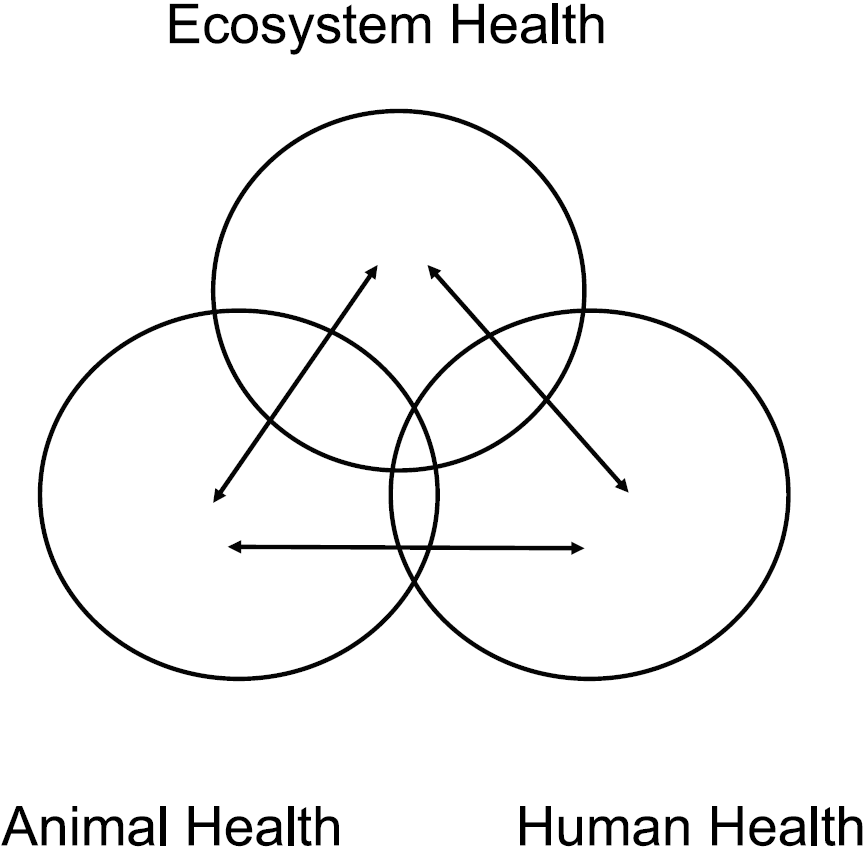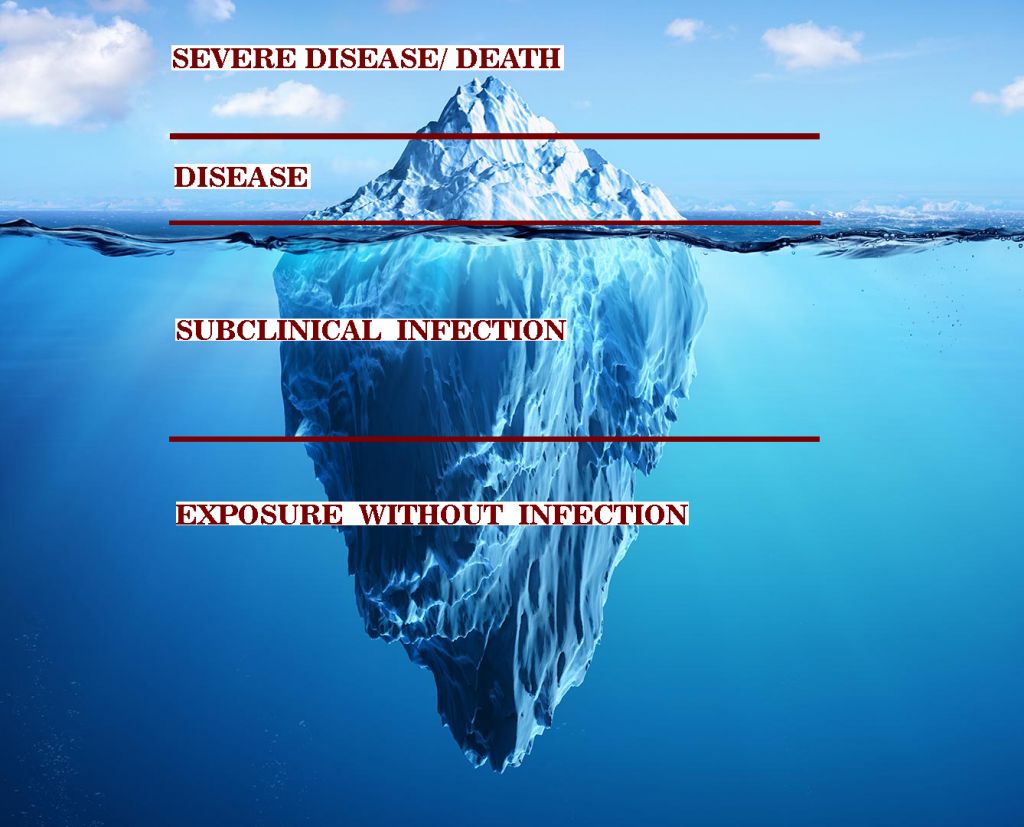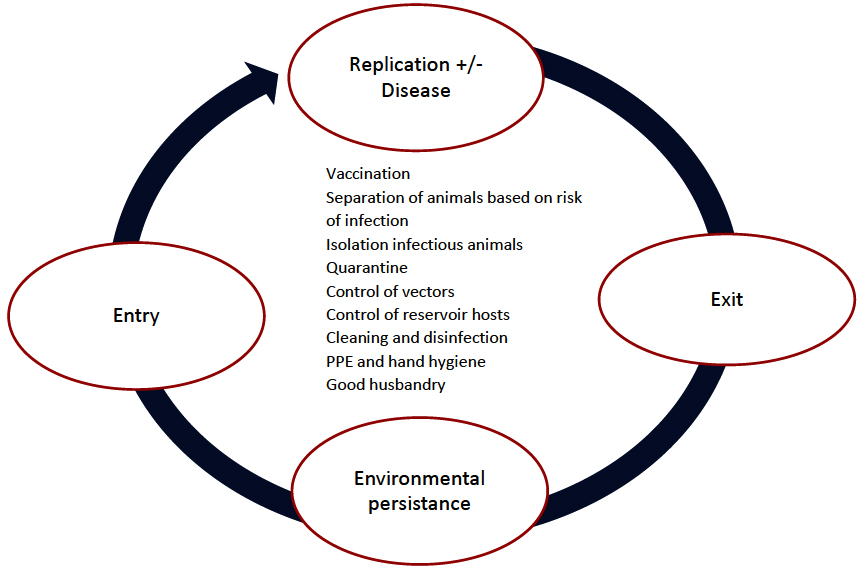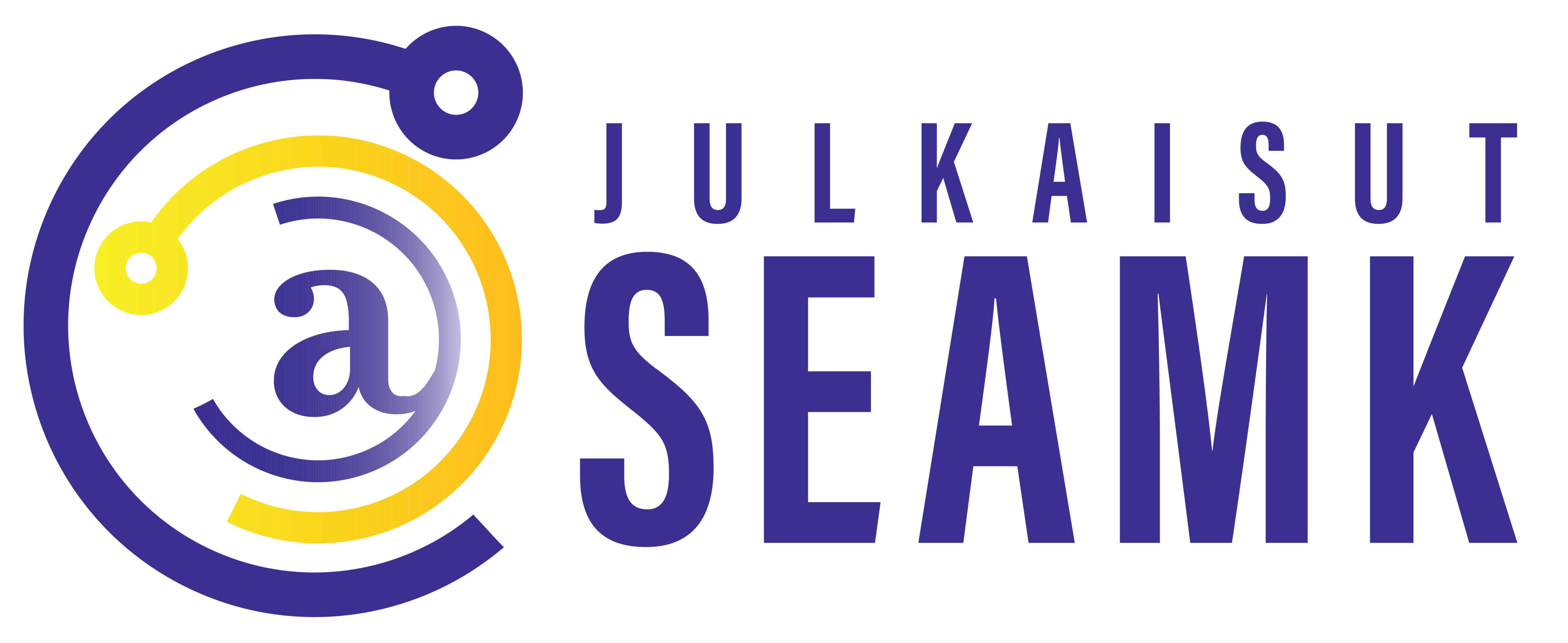Biosecurity and the control of emerging infectious diseases
Approximately 75% of new emerging human diseases have been zoonotic in the last 3 decades that means many have emerged from and/or through wildlife. For instance, Coronavirus Disease 2019 (COVID-19), AIDS, Ebola, Escherichia coli O157:H7 infection, swine and avian influenza which were unknown before 1982. In a recent foresight report, scientists have predicted that there will appear two to four new emerging diseases every year. Where do new diseases originate? Why are emerging diseases growing in incidence? What approach we could take to respond to these suddenly occurring health threats? The answers to these questions can be found in the interactions between human, animal and environment health as a “One Health” for a changing world and how a collaborative and multidisciplinary approach could help to prevent emerging global problems (Atlas & Malosy, 2014). Historically, the term refers to “One Medicine” for Animal and Human health in the 19th century. However, during the early 20th century, human and veterinary medicine diverged into distinct fields, currently the concept is embraced as one world, one health, one medicine.
Human-animal- environment interface
The above–mentioned diseases remind us that the health of humans, animals, and ecosystems are interconnected (Fig. 1), and their interactions produces forces the same as the Newton’s third law of motion which simply means that for every action there is an equal and opposite reaction. Thus, our violent interventions in any of the three domains have an adverse effect on the other domains.

Figure 1. The domains and forces of One Health (King, 2014)
At present time, the world population has an annual growth rate of 1.2 percent, and 90 percent of the global population growth takes place in periurban areas of developing countries. The concern is that developing countries lack the public and animal health infrastructures required to rapidly detect or effectively respond to an emerging health threat. To add further to this risk, our global travel and commerce have increased the interactions of people, animals, and animal products with potential exposure to microbes capable of breaching the species barrier. Moreover, there are rising group of our human population that have become vulnerable to certain diseases. Immunocompromised people who have a weakened immune system that overall affects their ability to combat infectious diseases, including those with certain genetic disorders, cancer, organ transplant, and HIV/AIDS patients, young children, and elderly people.
The demand for protein from animal sources is increasing dramatically as the world’s human population is rapidly expanding. As part of this phenomenon, there is changing the land use to feed these animals which affects vector populations. Exotic animal pets are getting popular, and the illegal export and movement of these animals is a deep concern both due to human exposure to potentially novel zoonotic agents and the emergence of strange diseases in atypical animal species.
Finally, it is now clear that diseases are often a result of environmental disturbances and changes. As ecosystems along with our natural biodiversity are destroyed, the protective effect of multiple species is also removed. Consequently, microbes might infect directly people without first entering other species as host which are no longer available. Adding further concern is climate change which affects geographic distribution of disease vectors. More than 3,000 species of mosquitoes exist, some of which are main transmitters of diseases (Atlas & Malosy, 2014). In a five years mosquito mapping research, Anopheles daciae which is potential malaria vector, has been found in several regions of Finland. There is no need to panic at the moment since malaria is not endemic in the Finland (Culverwell, et al., 2020). As we recently experienced warmest September in half a century, there is concern that the distribution and life cycle of vectors may change (Yle news, 27.9.2020).
Biosecurity and the control of infectious diseases
Biosecurity in animal production and management practices is the foundation of all disease control programmes. The aim is to prevent both the introduction and transmission of infectious agents in a group of animals. If biosecurity and disease control strategies are well implemented, then curative treatment of diseased animals could be minimized. The iceberg concept of the maintenance of pathogens in populations (Fig. 2) explains that the most noticeable proportion is the severely diseased animals which form the ‘tip of an iceberg’. The large portion is sub-clinically infected animals that exhibit no sign of infection and are major sources of infection for other susceptible animals.

Figure 2. The iceberg concept of the maintenance of pathogens in populations (Dewulf & Van Immerseel, 2019).
We at SeAMK offer several courses related to this biosecurity field. For example, biosecurity course (15 credits) provides the students a thorough understanding of the pathogens‘ transmission routes from one host to another and the actions to break transmission cycle of infectious pathogens. The old phrase, ‘know your enemy’ is applicable to microbes as it is to humans. As we learn the routes of entry, incubation period, spread within the body and transmission routes of pathogenic agents, we can defeat the cycle of transmission by actions which are briefly listed in figure 3.

Figure 3. Circle of disease transmission (Dewulf & Van Immerseel, 2019).
Khosrow Mohammadi
PhD, RDI expert
SeAMK School of Food and Agriculture,
Seinäjoki, Finland
Gun Wirtanen
Senior Advisor in Food Safety
SeAMK School of Food and Agriculture
Seinäjoki, Finland
Sources:
Atlas, R. M., & Maloy, S. (Eds.). 2014. One Health: people, animals, and the environment. ASM Press.
Culverwell, C. L., Vapalahti, O. P., & Harbach, R. E. 2020. Anopheles daciae, a new country record for Finland. Medical and Veterinary Entomology, 34(2), 145-150.
Dewulf, J., & Van Immerseel, F. (Eds.). 2019. Biosecurity in animal production and veterinary medicine. CABI.
King, L. J. 2014. Combating the triple threat: the need for a one health approach. One Health: People, Animals, and the Environment, 1-15.
YLE news. 27.9.2020. Warmest late-September day in half a century as mercury hits 23.5C. [Web page] [Ref. October 5, 2020]. Available at: https://yle.fi/uutiset/osasto/news/warmest_late-september_day_in_half_a_century_as_mercury_hits_235c/11565967.

